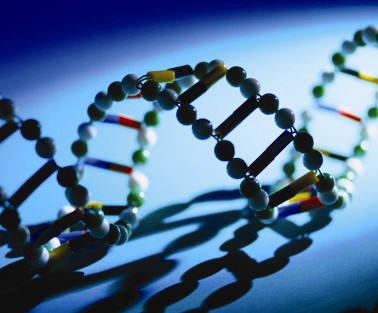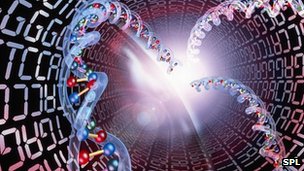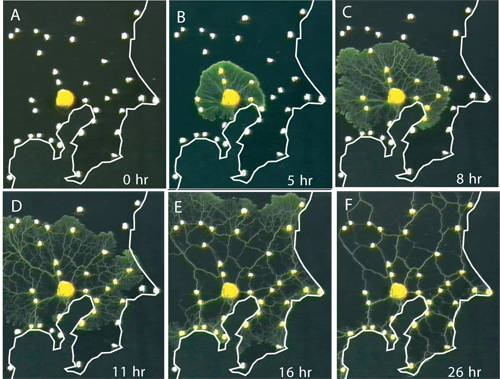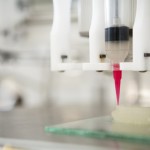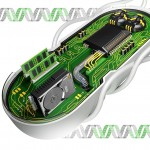 Right now a symposium titled “Synthetic Biology for the Next Generation” is being run jointly by The National Academy of Sciences and the National Academy of Engineering – in New York City. Participants in this conference will examine the tools, platforms, and infrastructure needed for continued advances in synthetic biology; political and social strategies to pursue these advances; and research applications in key areas.
Right now a symposium titled “Synthetic Biology for the Next Generation” is being run jointly by The National Academy of Sciences and the National Academy of Engineering – in New York City. Participants in this conference will examine the tools, platforms, and infrastructure needed for continued advances in synthetic biology; political and social strategies to pursue these advances; and research applications in key areas.
You can watch the live stream of the symposium right now here. (EDIT: the conference is now over but the videos are available from where the stream was). You can also follow the symposium via the twitter hashtag #synbioLEAP. The symposium will progress throughout today and tomorrow (June 12/13) and is the last of a three part series of symposiums. This conference takes a very realist, applied and advanced approach to the issues of synthetic biology.



















